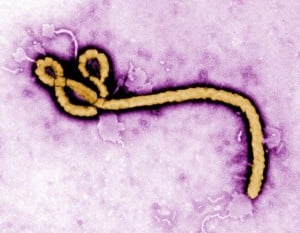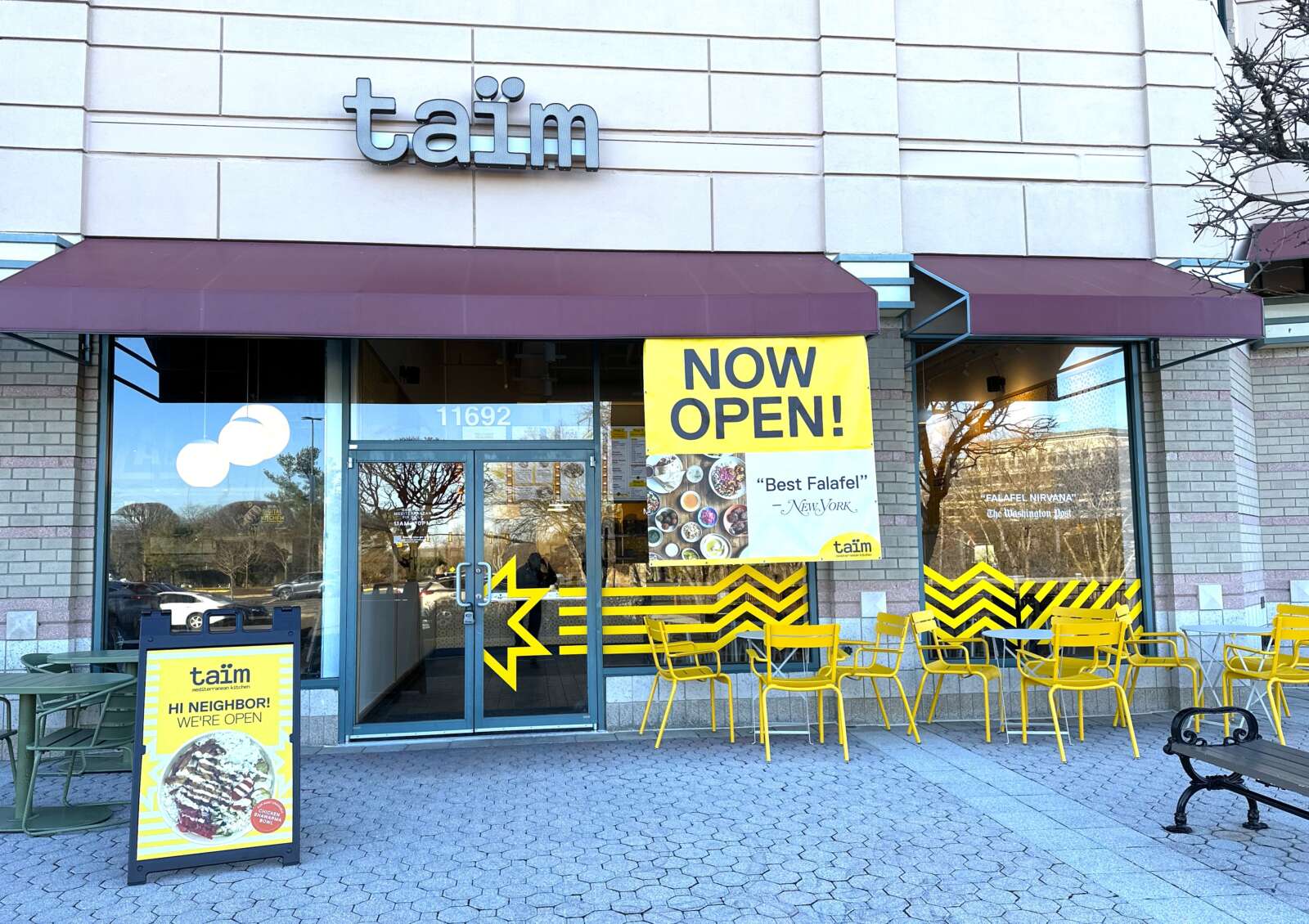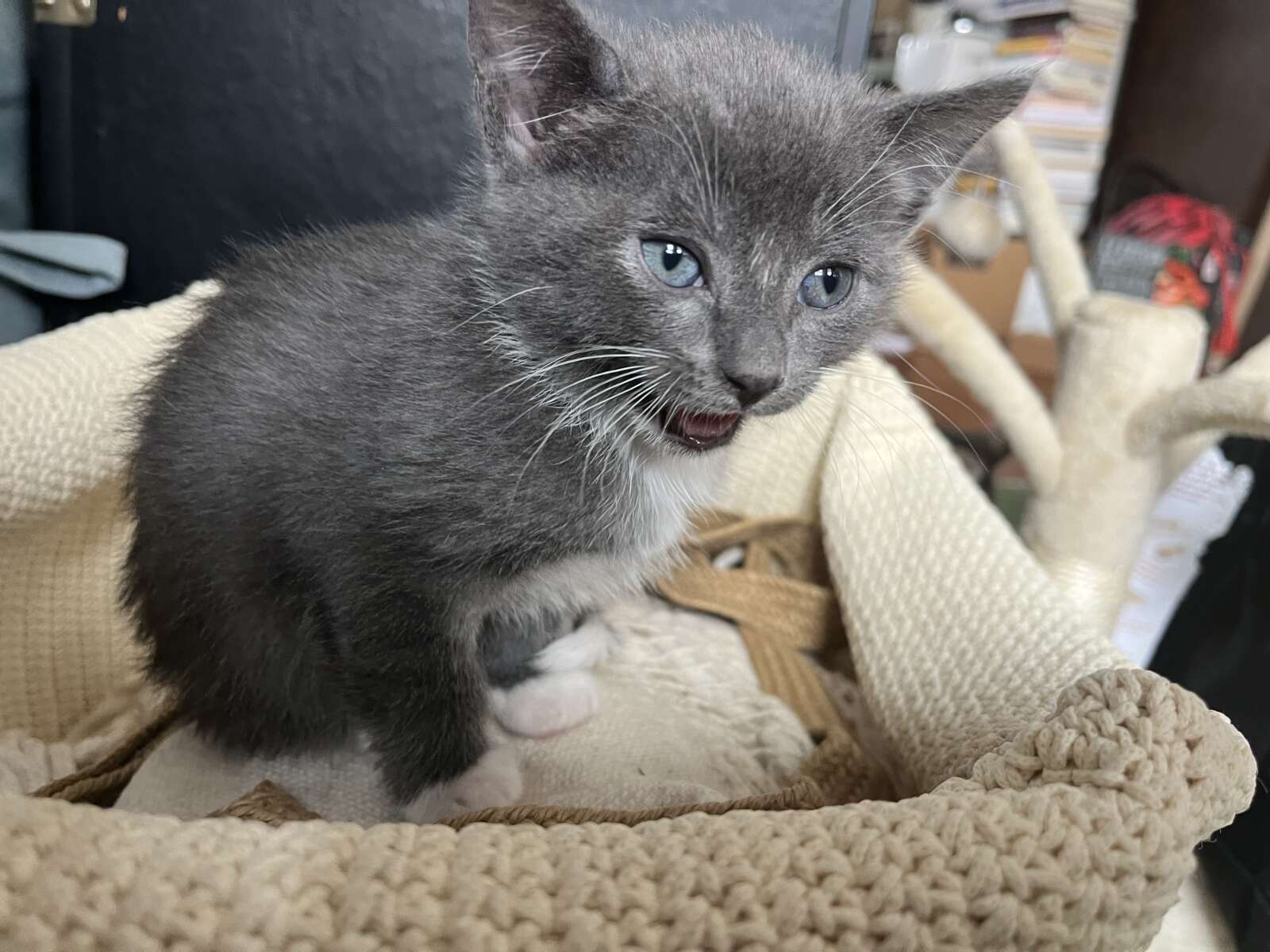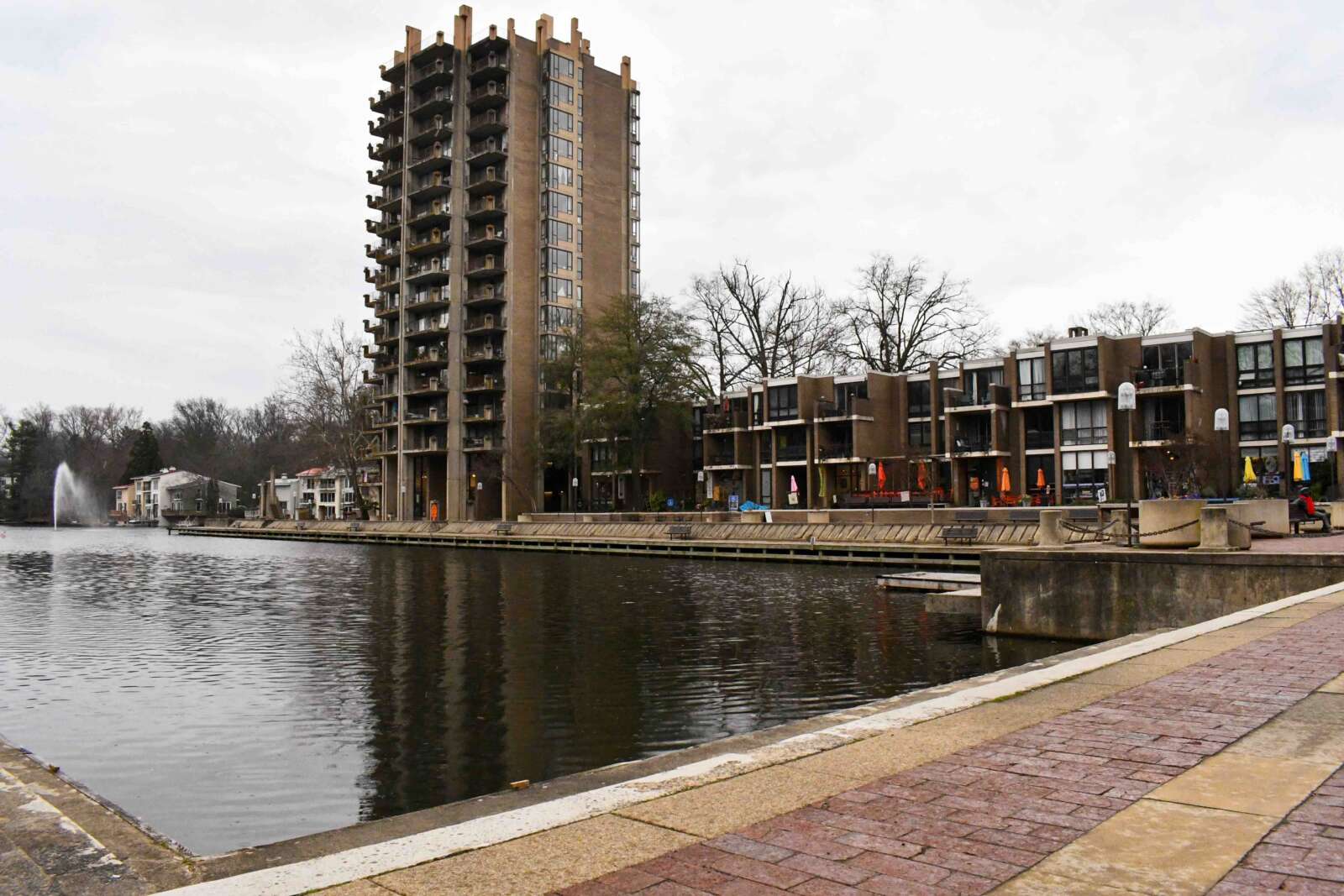 There is worldwide concern over the worst Ebola outbreak in history. The current outbreak has killed nearly 700 people in four African countries, according to the World Health Organization.
There is worldwide concern over the worst Ebola outbreak in history. The current outbreak has killed nearly 700 people in four African countries, according to the World Health Organization.
The hemorrhagic disease is half a world away, but when scientists study Ebola and how it spreads, they often look to Reston.
That’s right, Reston, Va. There is a strain of Ebola called “Ebola Reston,” because it was discovered here in 1990.
There are five types of Ebola that can kill humans. Ebola Reston was discovered to only kill moneys, though
However, that discovery came after a serious medical investigation, chronicled in the book The Hot Zone.
Here’s what happened:
In the fall of 1989, Hazelton Laboratories had a lab at 1946 Isaac Newton Square West, where KinderCare is now located. The lab did animal experiments.
There were already about 500 macaque monkeys housed at the facility when 100 more were flown from the Philippines, according to an article in the Internet Journal of Preventative Medicine.
A month later, 29 of the 100 quarantined monkeys had died. During a necropsy, a veterinarian found one monkey’s spleen had tripled in size and hardened and there was blood in the intestines. After conducting several other necropsies he diagnosed the deaths as being caused by simian hemorrhagic fever virus (SHFV), the Journal article said.
The Hazelton facility veterinarian then sent samples of the monkey tissues to the United States Medical Research Institute of Infectious Diseases (USAMRIID) for a conclusive diagnosis. Meanwhile, Hazelton lab workers began euthanizing the remaining animals, but sporadic deaths began occurring in several other rooms. Soon, 30 monkeys from a different shipment were dead.
More from the Journal:
Back at USAMRIID another researcher discovered by electron microscopy that Ebola Zaire was responsible for the monkey deaths.
On Nov. 28, 1989 nearly six weeks after monkeys began dying in Reston, USAMRIID verified the Ebola finding. The following day, representatives from USAMRIID, the CDC, and the Virginia Department of Health met and developed an action plan. The CDC would handle people; USAMRIID would handle the monkeys and the monkey facility. Because of the threat that Ebola might spread to staff, Reston, and the greater Washington, DC community, the Army determined that all remaining monkeys would be immediately euthanized. The first task was to determine how best to administer a solution to a building potentially full of Ebola.
Scientists came to Reston in hazmat suits in order to carefully euthanize monkeys and stop the spread of the disease. During the process one of the monkeys escaped.
“Several of us spent the better part of a day trying to catch it,” Dr. Jerry Jaax said in a veterinary medical journal interview. “When we talk about the Reston incident, we compare the frustration of that day with the Hollywood version in the movie ‘Outbreak,’ in which an infected monkey was coaxed from a tree and captured within minutes. It is a great example of reality vs. Hollywood.’ ”
The runaway was later caught in the building.
Then the decontamination efforts began — an 11-day operation of scrubbing and bleaching. That was followed by electric frying pans cooking formaldehyde crystals for three days to rid the air of all toxins.
In the end, researchers concluded that the new species of Ebola was highly contagious in monkeys but not in humans. They also learned that the disease was not only found in Africa, since the monkeys had come from the Philippines. The investigators determined aerosol transmission was particularly quick in a lab setting, because the virus appeared to pass between rooms to infect susceptible monkeys.
The monkeys from Reston had an impact in Ebola research since doctors were able to study their diseased or exposed-to-disease bodies.
Hazelton was later purchased by Covance Inc., and the labs moved out of Reston. The Reston building sat empty for several years, then was torn down in 1995. It has been a childcare center under various owners since it was rebuilt shortly after.





